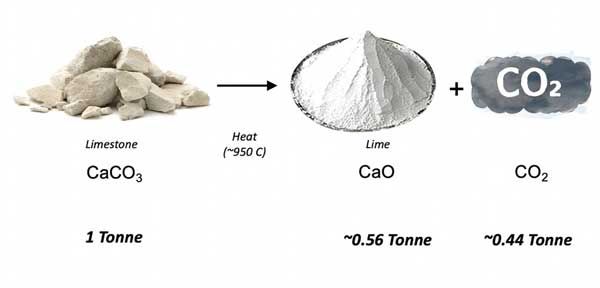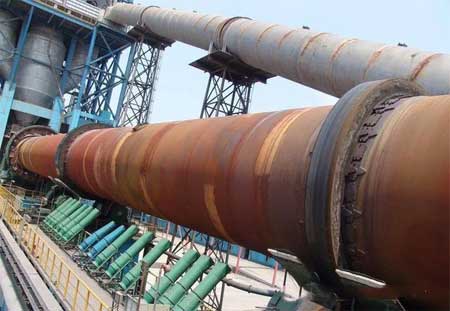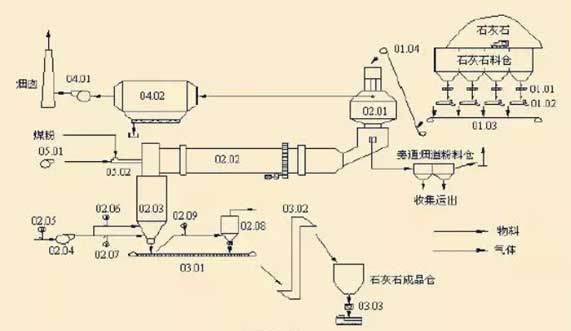Rotary Kiln Function In Limestone Calcination Process
Limestone Calcination Introduction
Limestone calcination is a crucial step in various industrial processes, transforming raw limestone into a valuable material for industries like construction, steel, and agriculture. At the heart of this transformation lies the rotary kiln, a fundamental apparatus in the calcination process. The functions of rotary kilns plays a pivotal role in limestone calcination.
Limestone Calcination Process

-
Chemical Alchemy
Limestone calcination is a chemical process where limestone (mainly composed of calcium carbonate) undergoes thermal decomposition to produce quicklime (calcium oxide) and carbon dioxide. The equation for this process is straightforward: -
CaCO3⟶CaO+CO2
The efficiency and quality of this transformation depend on various factors, with temperature and time being paramount. Controlled heating in a specifically designed environment is essential to achieving the desired chemical reactions. -
Quality Matters
The quality of the limestone feedstock significantly influences the calcination process. Impurities in the limestone, such as clay or silica, can affect the purity of the quicklime produced. Therefore, selecting high-quality limestone is crucial for obtaining a desirable end product.
Rotary Kiln Overview

-
Definition and Purpose
A rotary kiln is a cylindrical apparatus with a rotating drum, designed for thermal treatment processes. In the process of limestone calcination, its primary purpose is to facilitate the controlled heating of limestone to achieve the desired chemical transformation. -
Rotary Kiln Components
The main components of a rotary kiln include the kiln shell, refractory lining, support tires, and the drive gear. The kiln shell, typically made of steel, provides the structural framework, while the refractory lining insulates and protects the shell from the intense heat generated inside.
Functions of Rotary Kiln in Limestone Calcination

-
Heating and Temperature Control
The rotary kiln generates heat through the combustion of fuels like coal or natural gas. The key is to maintain precise temperature control throughout the kiln. This ensures the limestone is heated uniformly, promoting efficient calcination. -
Residence Time
Residence time refers to the duration that limestone particles spend inside the rotary kiln. It is a critical factor influencing the quality of the calcined lime. Adequate residence time allows for complete calcination, ensuring the final product meets industry standards. -
Movement and Mixing
The rotation of the kiln serves multiple purposes. It not only facilitates the movement of limestone through the kiln but also promotes mixing, ensuring a homogeneous distribution of heat and enhancing the overall efficiency of the calcination process. -
Gas-Solid Interactions
The interaction between limestone and combustion gases is a complex process. As limestone decomposes, carbon dioxide is released, and the combustion gases further contribute to the overall heating. Understanding and optimizing these gas-solid interactions are crucial for achieving optimal calcination results.

